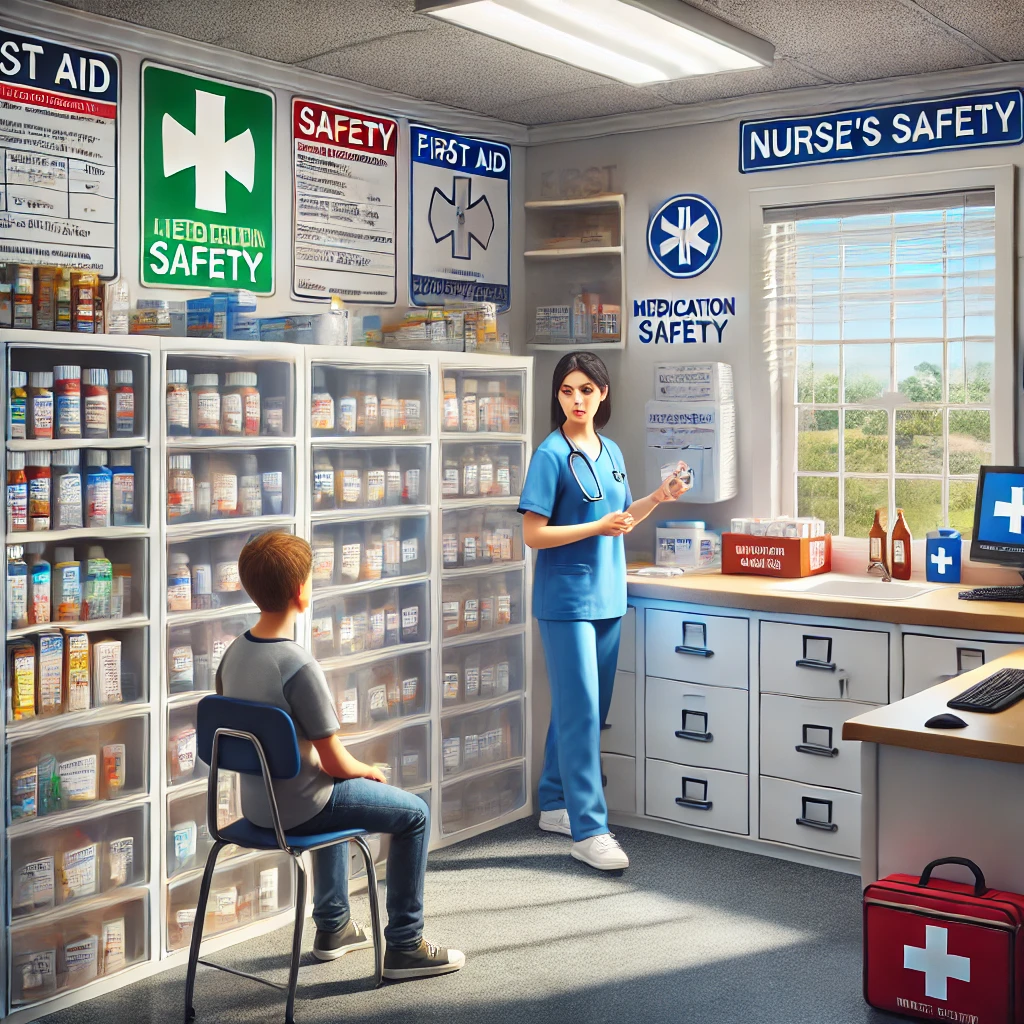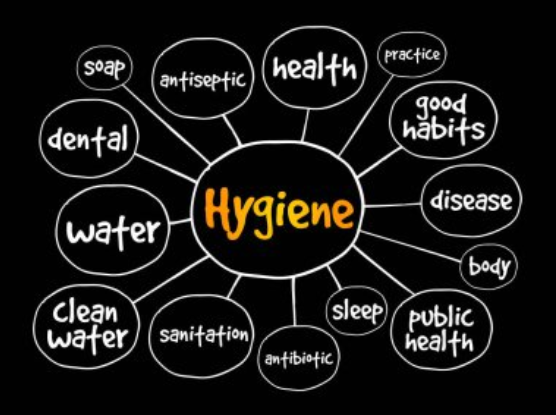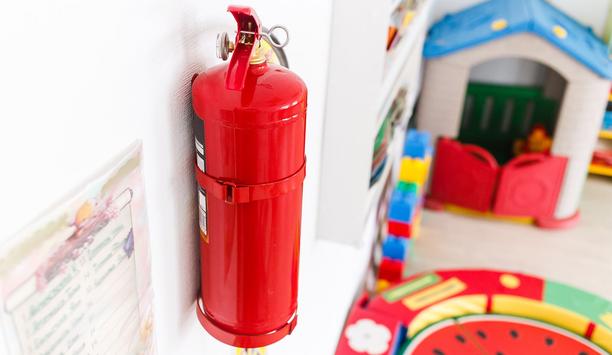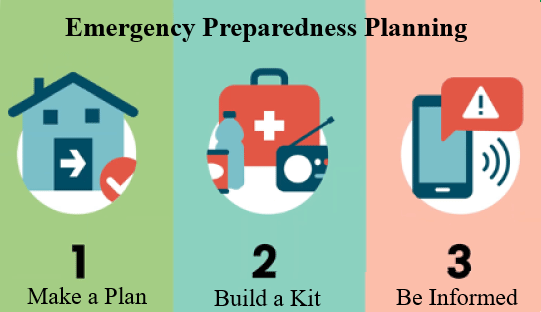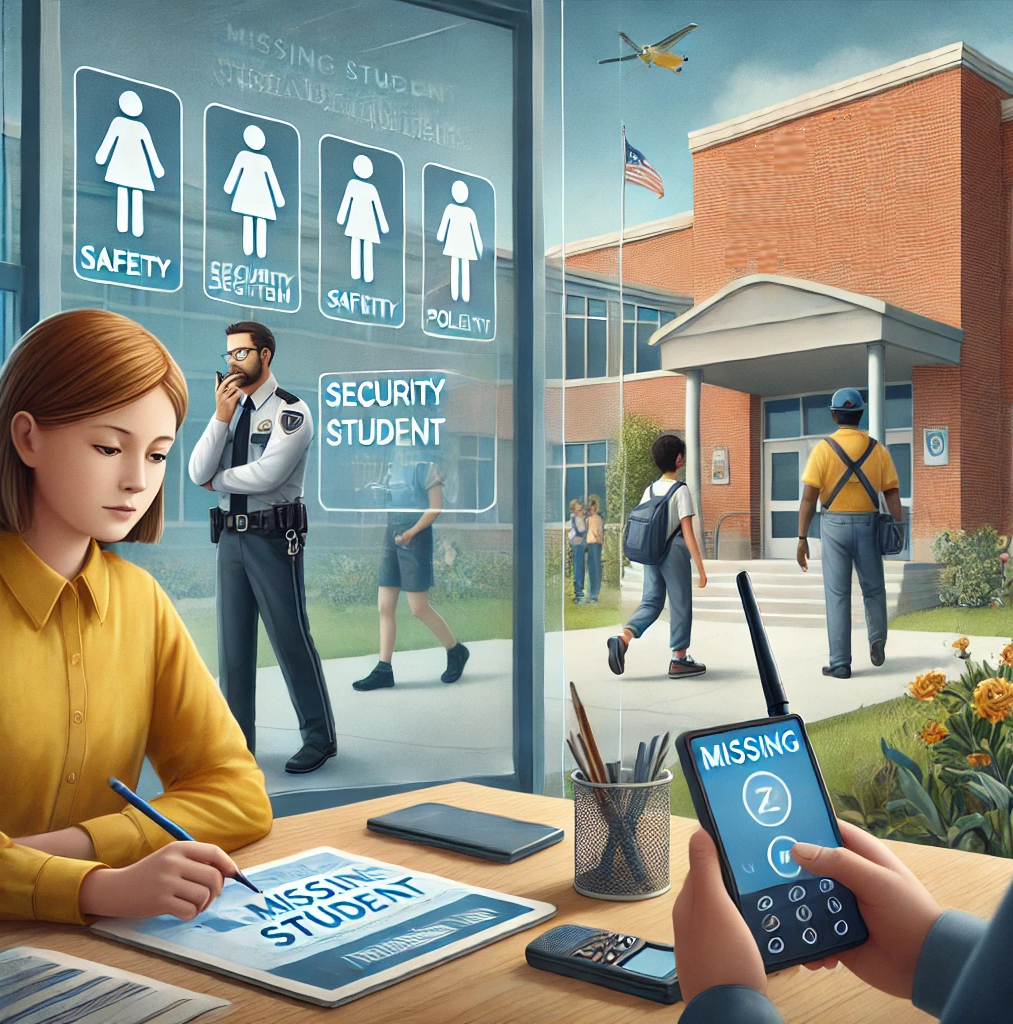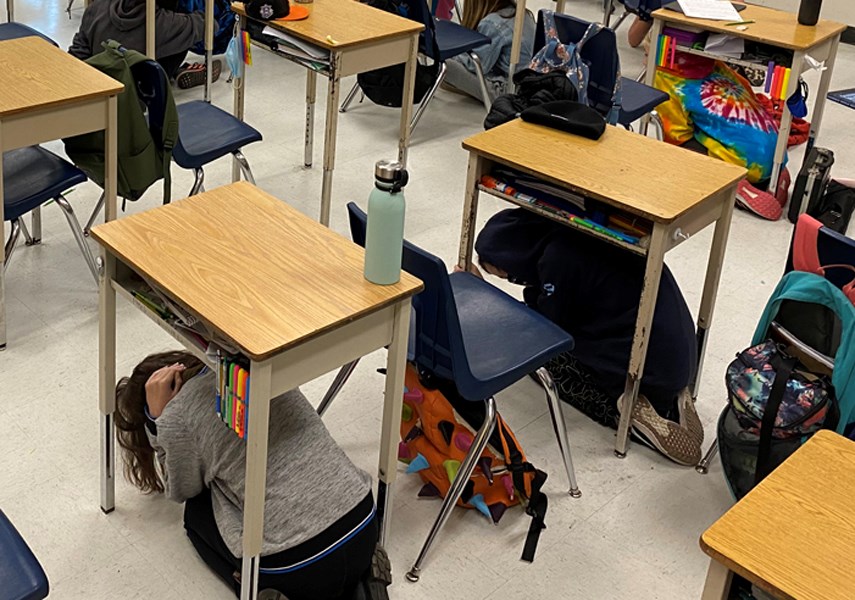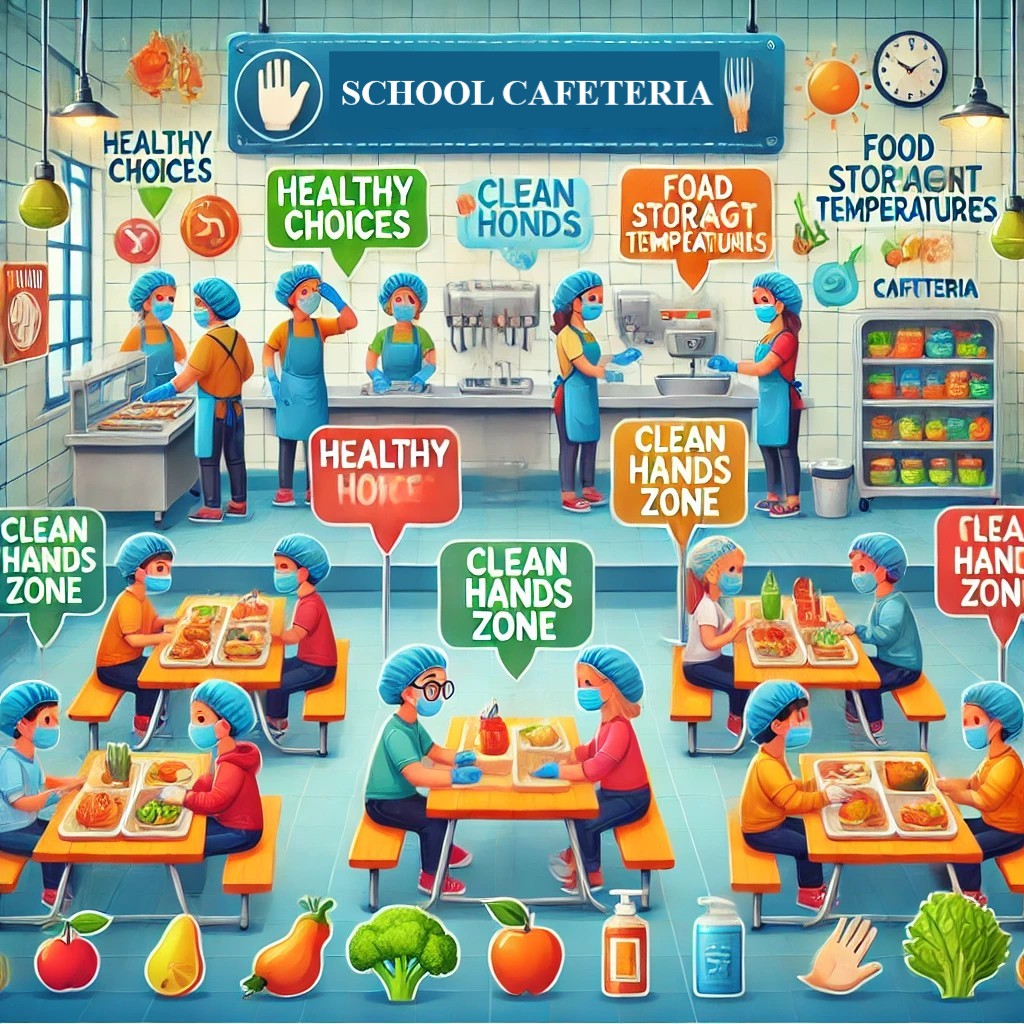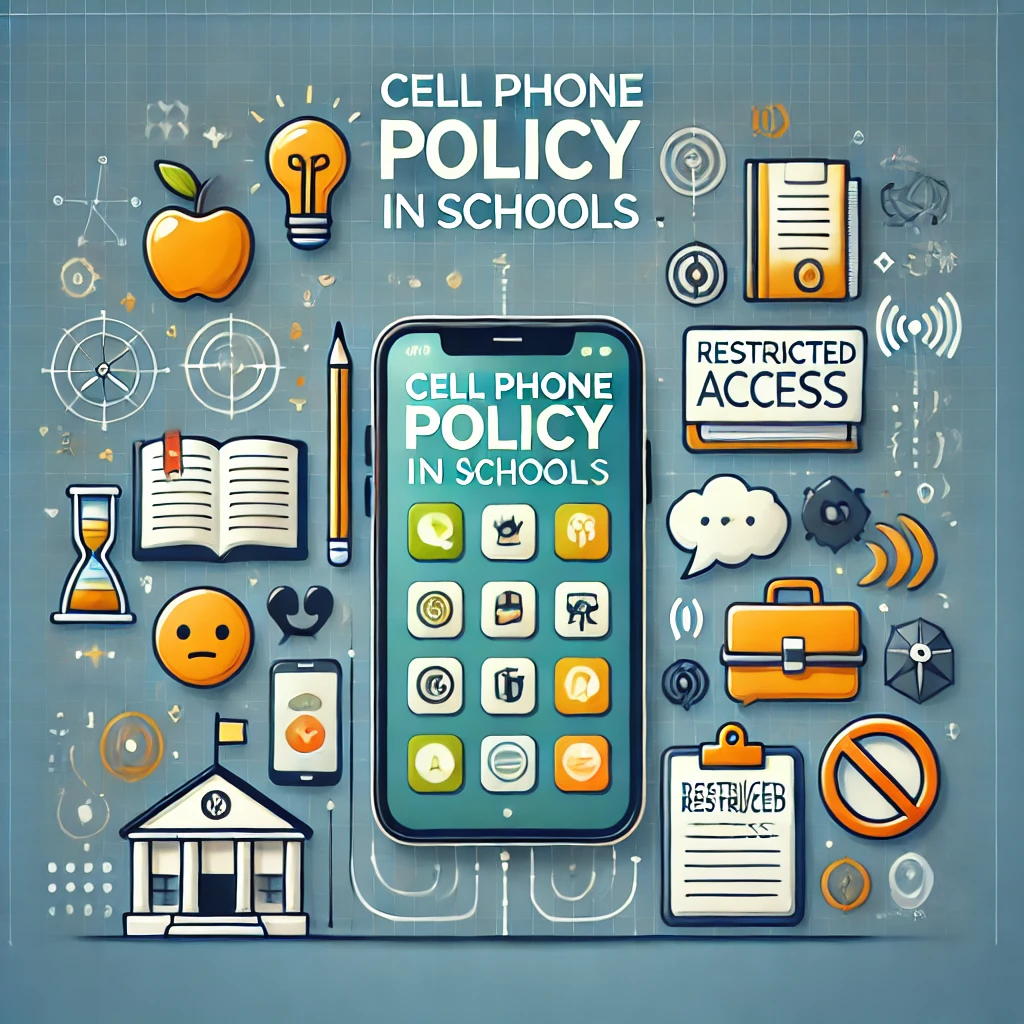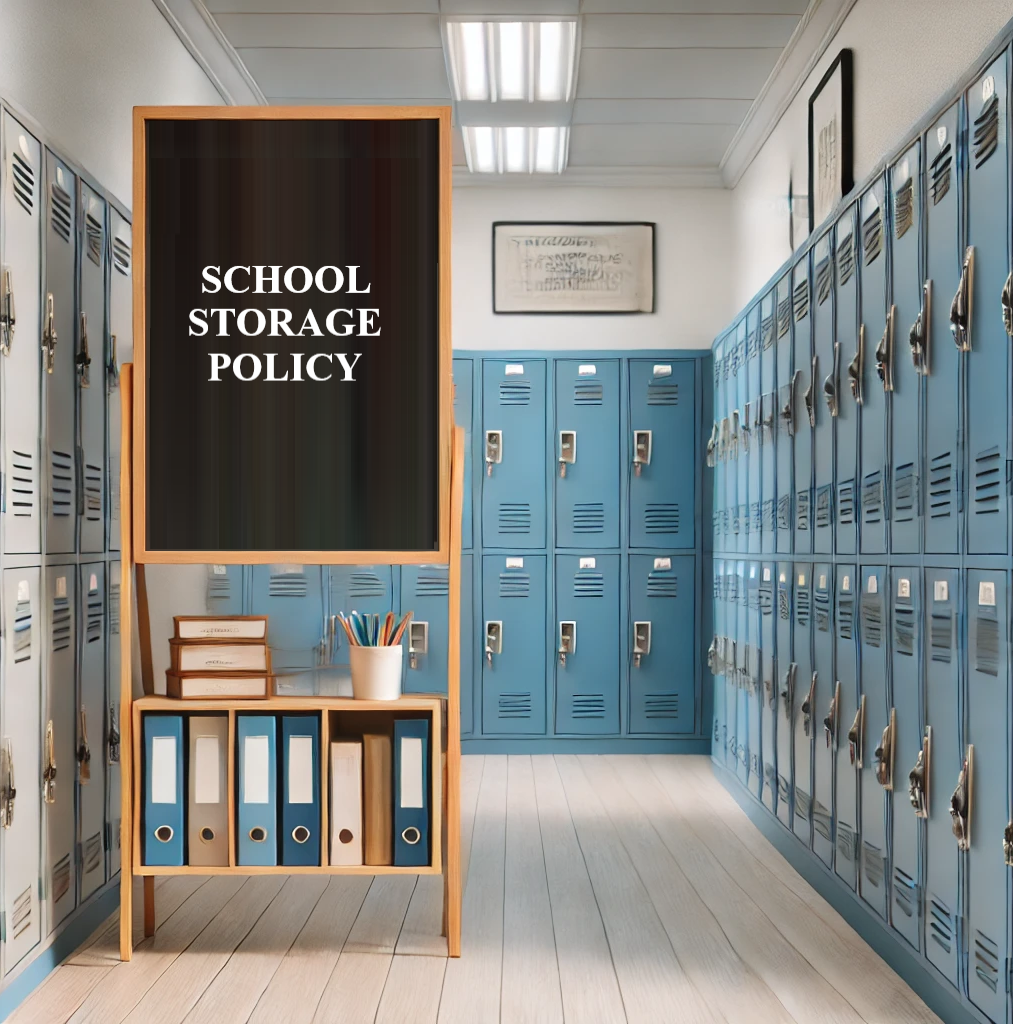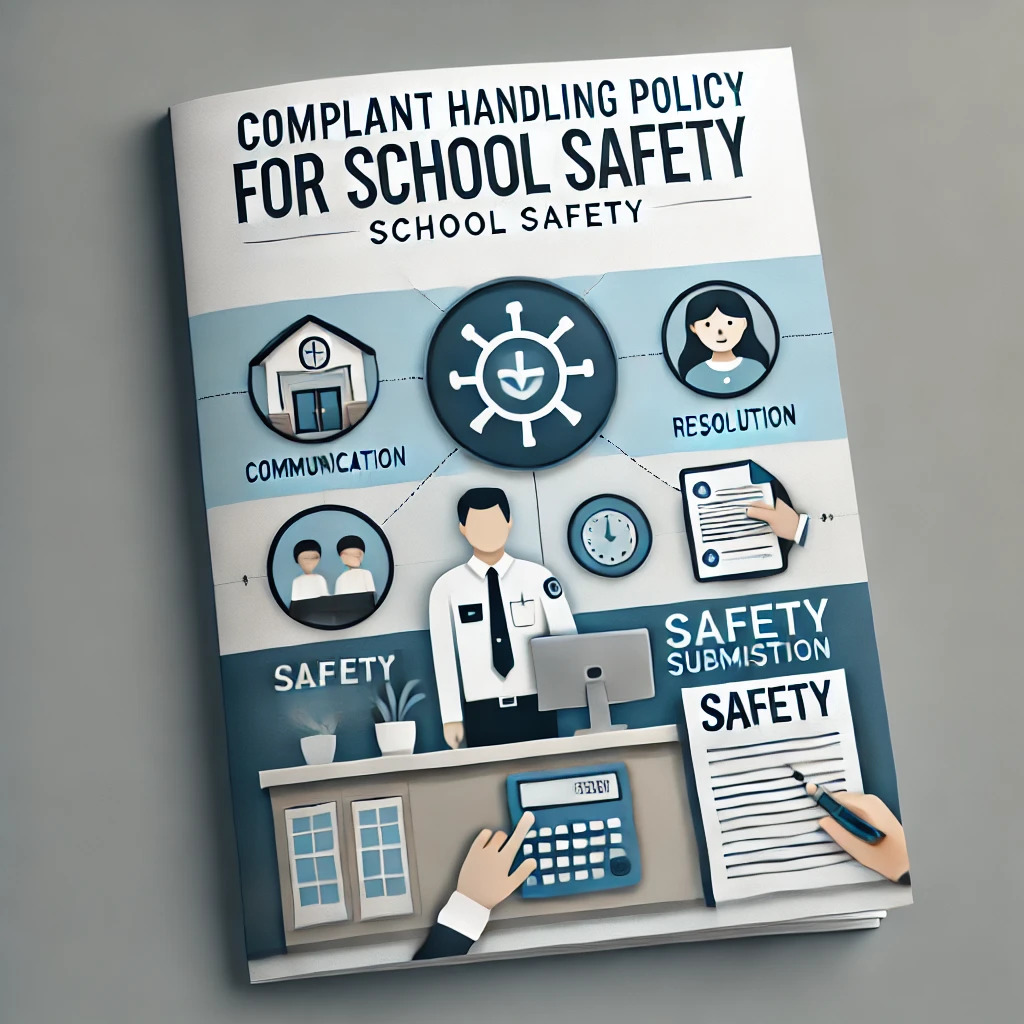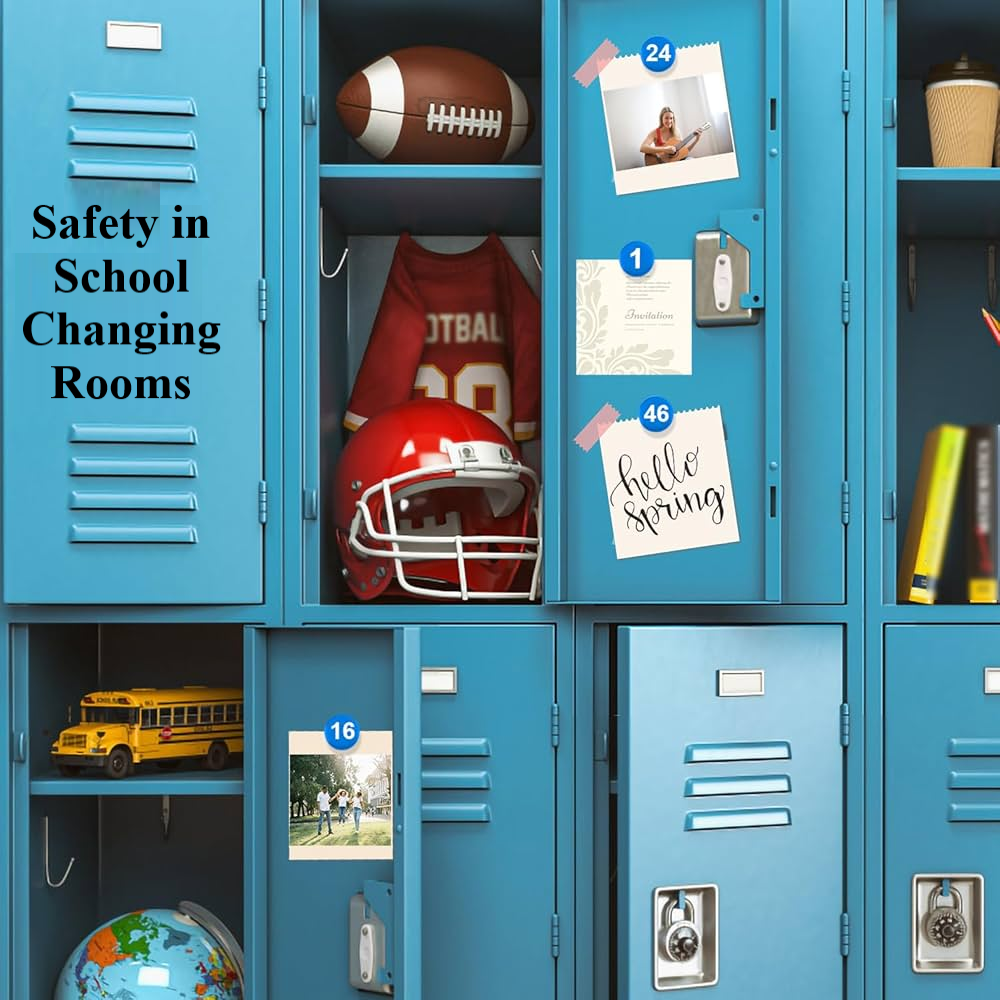Understanding the
Peer Medication Policy
Schools today face
the dual challenge of fostering academic success and ensuring student health
and safety. Peer Medication Policies (PMP) represent a forward-thinking
strategy to address these concerns. But what exactly does such a policy entail?
At its heart, a Peer
Medication Policy outlines clear protocols for handling, storing, and
administering student medications within the school environment. This policy
ensures that every child’s health needs are met safely and responsibly. For
instance, medications must be securely stored in designated areas, such as
locked cabinets, to prevent unauthorized access or accidental misuse.
Furthermore, only authorized personnel—like school nurses or specifically
trained staff—should administer medications, ensuring precise dosages and
monitoring for side effects.
Documentation is
another cornerstone. Maintaining detailed records of medication schedules,
dosages, and observed effects not only ensures accountability but also helps in
assessing the policy’s efficacy. Schools can also use this data to identify
patterns or areas requiring policy adjustments.
Importantly, the
policy emphasizes inclusivity by accommodating students with chronic conditions
who rely on daily or emergency medication. By implementing a structured
framework, schools can foster an environment where students feel supported in
managing their health.
While Peer
Medication Policies may sound straightforward, their development requires
careful planning and community involvement. Schools must collaborate with
healthcare professionals and educators to craft a policy tailored to their
unique environment. As we’ll explore in subsequent blogs, the benefits of such
policies extend beyond immediate health outcomes to fostering a culture of
safety and responsibility.
